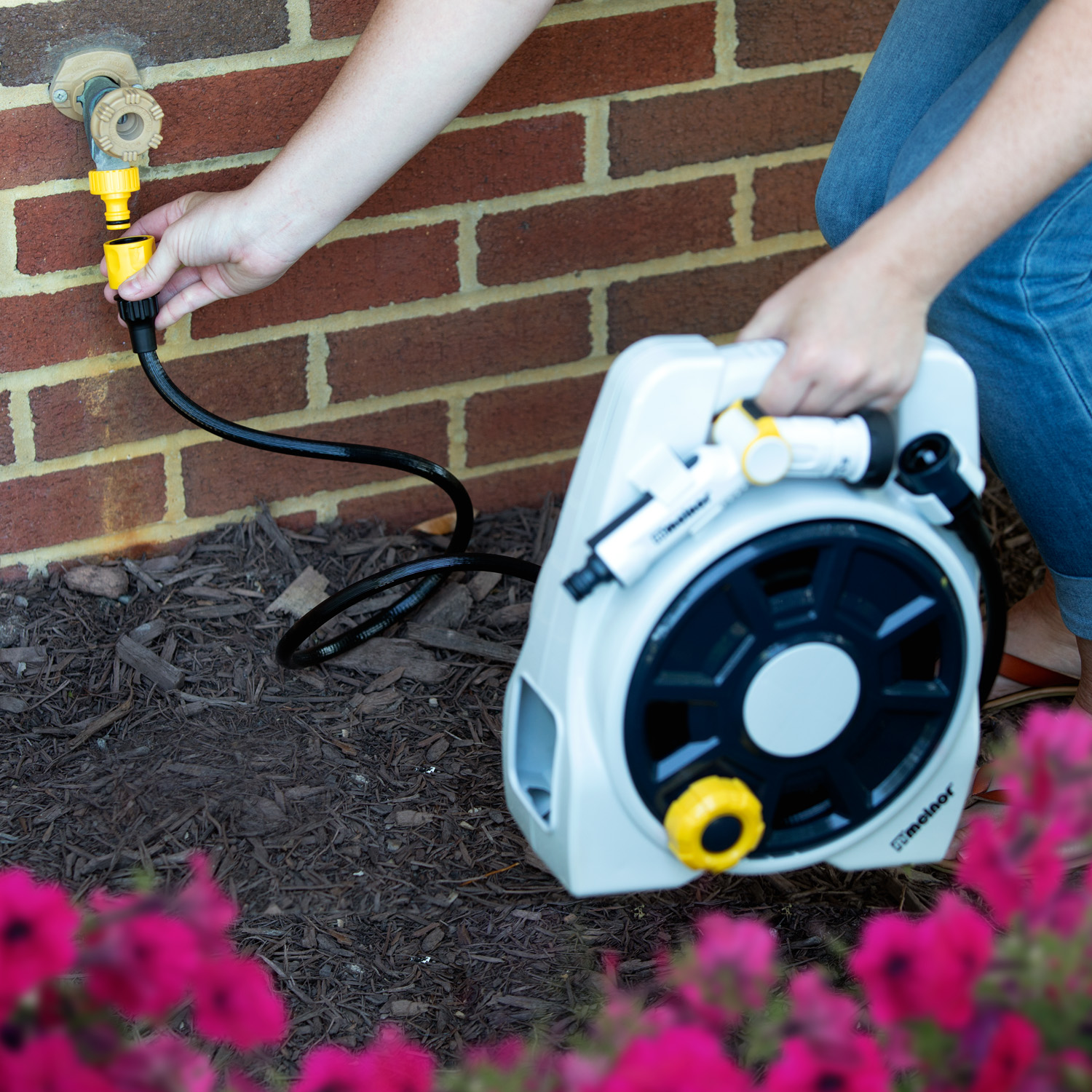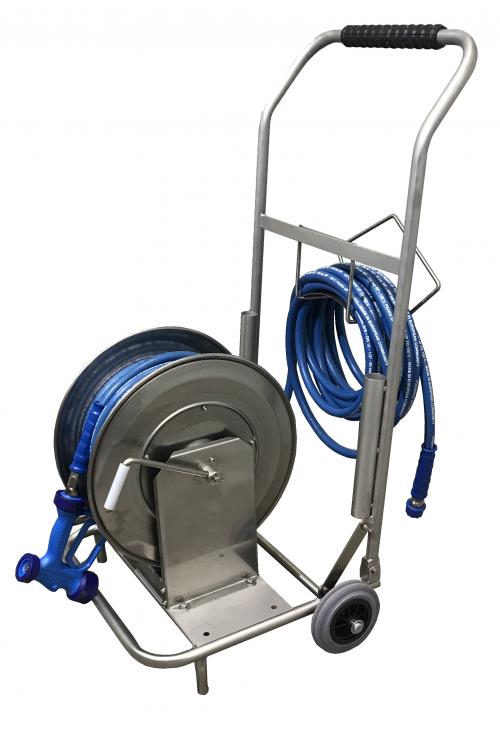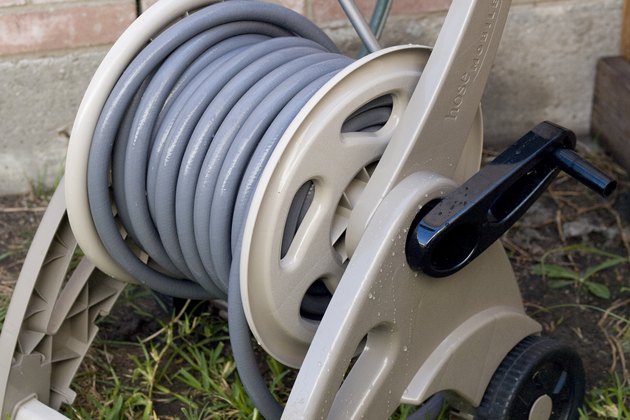Unlocking the Power of Portable Watering
Mobile hoses have become an essential tool for many individuals, offering a convenient and flexible way to tackle various tasks. With the ability to easily move around, mobile hoses provide increased flexibility and convenience, making them ideal for washing cars, cleaning sidewalks, and irrigating gardens. Additionally, they promote water conservation by allowing users to target specific areas, reducing waste and minimizing their environmental impact. Whether you’re a homeowner, landscaper, or contractor, understanding how to properly use a mobile hose can greatly enhance your productivity and efficiency. In this article, we’ll explore the ins and outs of mobile hoses, including how to choose the right one, set it up, and use it like a pro. By mastering the art of mobile hose operation, you’ll be able to unlock the full potential of these versatile tools and take your tasks to the next level.
Choosing the Right Mobile Hose for Your Needs
With various types of mobile hoses available in the market, selecting the right one can be a daunting task. However, by understanding the different types of hoses and their characteristics, individuals can make an informed decision. Coil hoses, retractable hoses, and hose reels are three common types of mobile hoses, each with its unique features and benefits. Coil hoses are ideal for small to medium-sized tasks, while retractable hoses offer a more compact and convenient option. Hose reels, on the other hand, provide a more heavy-duty solution for larger tasks. When choosing a mobile hose, it’s essential to consider factors such as water pressure, flow rate, and durability. For instance, if you need to wash a car, a hose with a high water pressure and flow rate would be ideal. Additionally, considering the durability of the hose can help extend its lifespan and reduce maintenance costs. By selecting the right mobile hose for your needs, you can ensure efficient and effective use, making the most out of your investment.
How to Properly Set Up Your Mobile Hose
Setting up a mobile hose is a crucial step in ensuring optimal performance and safety. To get started, attach the hose to a reliable water source, such as a faucet or hydrant. Make sure the connection is secure and tightened properly to prevent leaks. Next, connect the necessary fittings, such as nozzles or sprayers, to the end of the hose. It’s essential to choose fittings that are compatible with the hose and suitable for the task at hand. For instance, a wide fan nozzle may be ideal for washing cars, while a narrow jet nozzle is better suited for cleaning sidewalks. Once the fittings are in place, test the hose for leaks by turning on the water supply and inspecting the connections. This simple step can help prevent water waste and ensure a smooth operation. By following these step-by-step instructions, individuals can ensure a proper setup and get the most out of their mobile hose. Remember, a well-set-up mobile hose is key to efficient and effective use, making it easier to tackle a variety of tasks, from washing cars to irrigating gardens. By learning how to use a mobile hose, individuals can unlock its full potential and take their tasks to the next level.
Operating Your Mobile Hose Like a Pro
To get the most out of a mobile hose, it’s essential to know how to use it effectively. One of the key factors to consider is water pressure. Adjusting the water pressure can make a significant difference in the performance of the hose. For instance, a higher water pressure may be necessary for washing cars or cleaning sidewalks, while a lower pressure may be more suitable for irrigating gardens. Additionally, navigating obstacles such as corners, stairs, and tight spaces requires some skill and technique. By learning how to maneuver the hose around these obstacles, individuals can ensure a smooth and efficient operation. Another common issue that can arise when using a mobile hose is kinking. To manage hose kinking, it’s essential to keep the hose straight and avoid twisting or bending it excessively. By following these tips and techniques, individuals can operate their mobile hose like a pro and achieve optimal results. Remember, learning how to use a mobile hose is key to unlocking its full potential and getting the most out of this versatile tool. By mastering the art of mobile hose operation, individuals can tackle a variety of tasks with ease and confidence.
Troubleshooting Common Mobile Hose Issues
Despite their convenience and versatility, mobile hoses can sometimes malfunction or encounter issues. To ensure a smooth and efficient operation, it’s essential to know how to troubleshoot common problems that may arise. One of the most common issues is kinking, which can occur when the hose is bent or twisted excessively. To overcome this issue, simply straighten the hose and avoid kinking it in the future by keeping it straight and avoiding sharp turns. Another common problem is tangling, which can be prevented by storing the hose properly and avoiding twisting or bending it excessively. Leaks are also a common issue, which can be addressed by inspecting the hose and fittings regularly and replacing them as needed. Additionally, it’s essential to check the hose for signs of wear and damage, such as cracks or frays, and replace it if necessary. By knowing how to troubleshoot these common issues, individuals can ensure a smooth and efficient operation of their mobile hose and get the most out of this versatile tool. Remember, learning how to use a mobile hose, including troubleshooting common issues, is key to unlocking its full potential and achieving optimal results. By following these tips and techniques, individuals can overcome common mobile hose issues and enjoy a hassle-free operation.
Maintenance and Storage Tips for Your Mobile Hose
Proper maintenance and storage are crucial for extending the lifespan of a mobile hose and ensuring optimal performance. To keep the hose in good condition, it’s essential to clean it regularly, especially after each use. Use a soft-bristled brush to remove dirt and debris, and avoid using harsh chemicals or abrasive materials that can damage the hose. After cleaning, dry the hose thoroughly to prevent water spots and mineral buildup. When storing the hose, coil it neatly and avoid kinking or twisting it excessively. Store the hose in a cool, dry place, away from direct sunlight and extreme temperatures. Regularly inspect the hose for signs of wear and damage, such as cracks, frays, or corrosion, and replace it if necessary. Additionally, check the fittings and connections for leaks and tighten them as needed. By following these maintenance and storage tips, individuals can ensure their mobile hose remains in good condition and continues to perform optimally. Remember, learning how to use a mobile hose, including proper maintenance and storage, is key to unlocking its full potential and achieving optimal results. By incorporating these tips into their routine, individuals can enjoy a hassle-free operation and get the most out of their mobile hose.
Mobile Hose Safety Precautions You Need to Know
When using a mobile hose, safety should always be a top priority. To ensure a safe and efficient operation, it’s essential to take certain precautions to avoid common hazards. One of the most critical safety considerations is electrical shock. When using a mobile hose near electrical outlets or appliances, make sure to keep the hose at a safe distance to avoid any accidental contact. Additionally, avoid using a mobile hose in areas with standing water or near open electrical sources. Another important safety precaution is to prevent water damage. Make sure to turn off the water supply when not in use, and avoid leaving the hose unattended to prevent water waste and damage to surrounding surfaces. Tripping hazards are also a common concern when using a mobile hose. To avoid tripping, ensure the hose is properly secured and not left lying on the ground. Furthermore, always maintain a clear path when using the hose to avoid obstacles and ensure a smooth operation. By following these safety precautions, individuals can create a safe operating environment and enjoy a hassle-free experience with their mobile hose. Remember, learning how to use a mobile hose safely is crucial for optimal performance and to avoid any potential risks. By incorporating these safety tips into their routine, individuals can get the most out of their mobile hose while ensuring a safe and efficient operation.
Maximizing the Versatility of Your Mobile Hose
While mobile hoses are commonly associated with traditional watering tasks, they can be used in a variety of creative ways to make outdoor chores easier and more efficient. By thinking outside the box, individuals can unlock the full potential of their mobile hose and get the most out of their investment. For instance, a mobile hose can be used to wash outdoor furniture, such as patio sets, grills, and umbrellas, making it easy to keep them clean and free of dirt and debris. Additionally, a mobile hose can be used to clean gutters and downspouts, ensuring that water flows freely and reducing the risk of damage to the roof and foundation. Furthermore, a mobile hose can be used for power washing surfaces, such as driveways, sidewalks, and decks, making it easy to remove dirt, grime, and stains. When using a mobile hose for these tasks, it’s essential to follow proper safety precautions and operating guidelines to ensure a safe and efficient operation. By exploring these creative uses for a mobile hose, individuals can discover new ways to make their outdoor tasks easier and more manageable. Remember, learning how to use a mobile hose effectively is key to unlocking its full potential and getting the most out of this versatile tool. By incorporating these creative uses into their routine, individuals can take their mobile hose operation to the next level and achieve optimal results.







